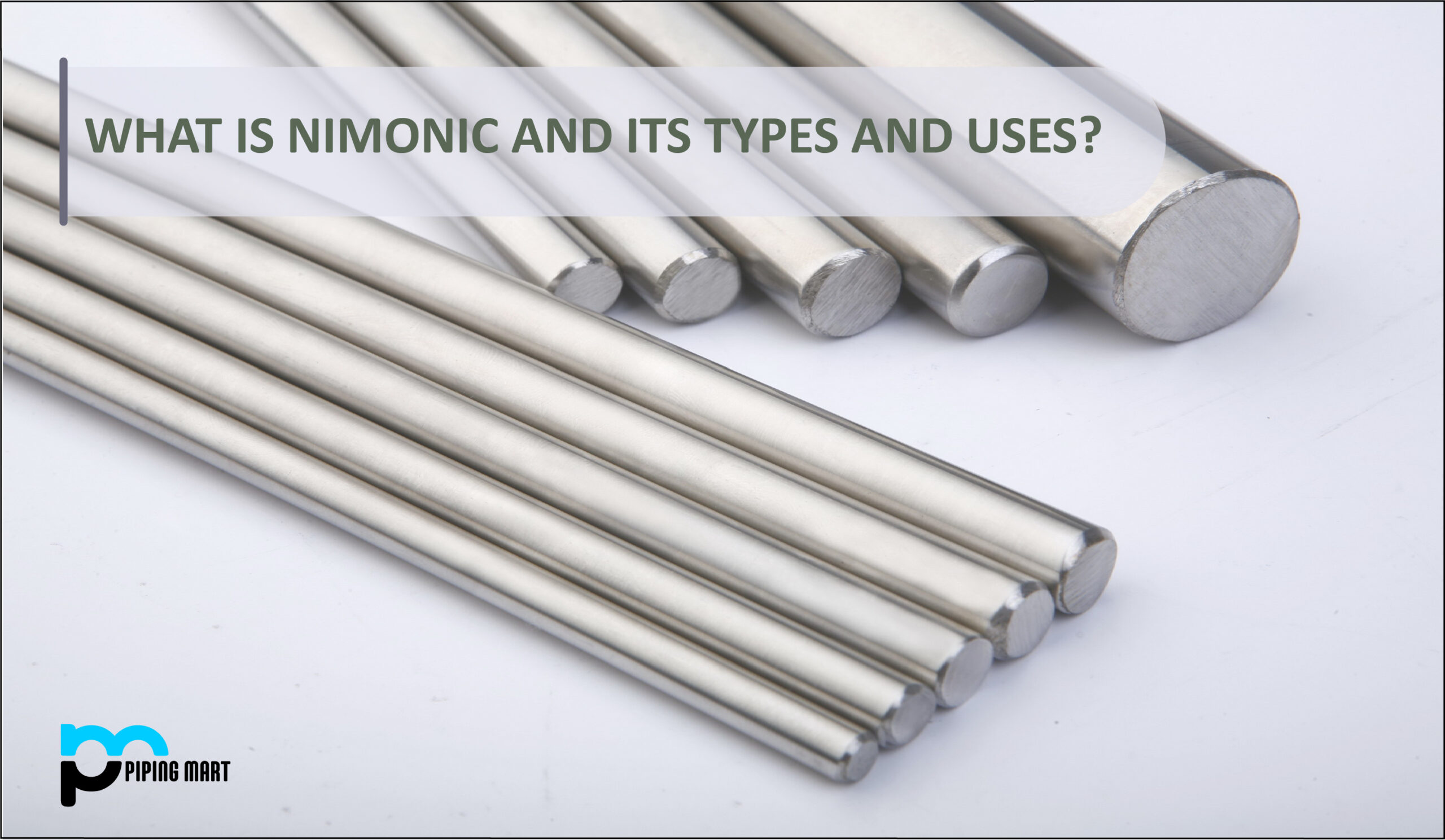If you’ve ever seen someone use a welding machine, chances are they were using Tig welding (Tungsten Inert Gas). Tig welding is widely known as the most precise and cleanest of all welding processes. It’s widely used in precision fabrication, as well as for creating artwork. But what exactly is Tig welding? Let’s take a look!
What is TIG Welding?
TIG welding requires a non-consumable tungsten electrode to form an arc. This arc then produces heat which melts metal that has been placed between the two pieces of metal being joined together. The molten metal then cools and forms the weld joint. Unlike other types of welding, TIG welding does not require any filler material; it relies solely on the heat created by the arc to form the joint and create a strong bond between two pieces of metal. This makes it ideal for precision work since it can be used to produce extremely precise weld joints with minimal distortion or warping of the metals being welded together.
TIG Welding Uses
TIG welding is most often used on thin materials such as aluminium, stainless steel, magnesium, copper alloys, and nickel alloys. It is also used when working with exotic materials such as titanium or zirconium. Since it does not rely on filler material, it can be used for very intricate welds with tight tolerances or even for cosmetic purposes such as creating artwork out of metal or creating jewelry from precious metals like gold or silver.
TIG Welding Working
Working with Tig welding requires skill and patience due to its precision nature. To produce quality welds, one must ensure that they are using the correct technique by keeping their torch at a consistent angle while moving slowly along the joint area until complete penetration occurs. As with any type of welding, safety should always be considered first and foremost when performing any type of Tig welding work – proper PPE, including protective clothing and eye protection, should always be worn when working with hot metals and sparks created by an electric arc.
Conclusion:
TIG welding is one of the most versatile forms of welding available today due to its ability to produce high-quality results without relying on filler material like other types of welders do. Its precision nature also allows for specialized applications such as artwork production or making jewelry from precious metals like gold or silver. Despite its complexity, anyone can learn how to become proficient in Tig welding simply by following proper safety guidelines and practicing technique until mastery is achieved! With time and practice, anyone can become masterful in this ancient craft!
Meet Heer, a dynamic and driven writer learning tricks of her trade in the metal industry. With a background in Digital Marketing, Heer brings a unique perspective to her writing, sharing valuable insights. Apart from blogging she like reading and hiking.




